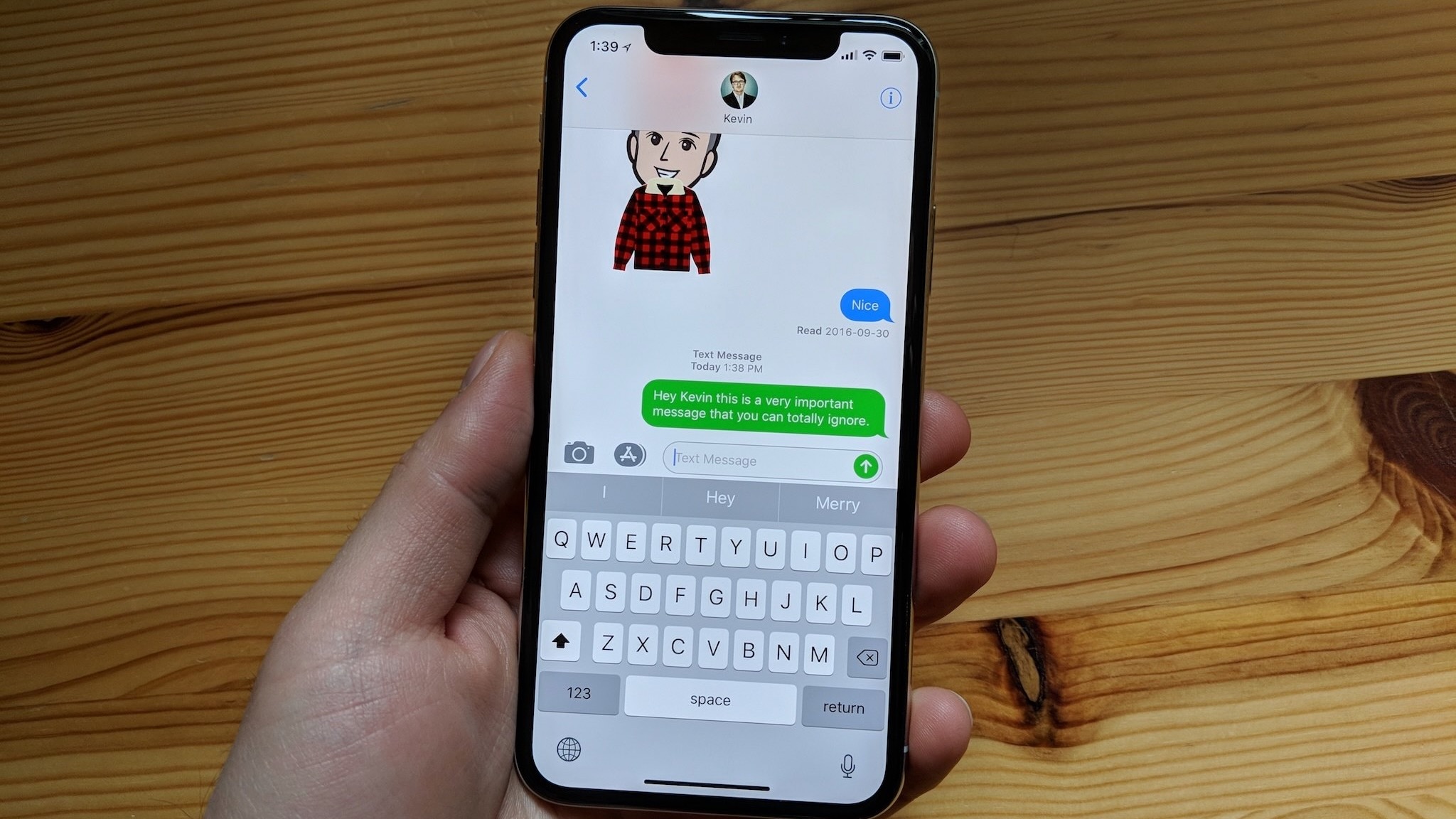Early look at RCS on iPhones shows that Apple has some work to do
A few notable functions aren't working properly.

What you need to know
- An early dive into Apple's coming RCS support for iPhones in iOS 18 shows green bubbles, single and group chat functionality alongside file transfers.
- Unfortunately, early RCS support on iPhones lacks proper E2EE for group chats and emoji reactions only work for iPhones.
- Proper message replies aren't working as iPhone users can't send them and replies they receive appear as regular texts.
Shortly after Apple's usual WWDC event, those enrolled in its iOS 18 beta were able to surface its upcoming RCS support.
X user Dhinak made the discovery and posted a lengthy thread breaking down its availability and present features in the iOS 18 beta (via Android Authority). Early evidence shows that green bubbles are still used to denote Android users despite the existence of RCS — but that was expected.
Users on Android can message those on iPhone through a single RCS chat and group chat. Additionally, the X user discovered that file transfer work, meaning higher-quality audio files, photos, and other forms of media can be shared.
However, there are a few areas in which Apple drops the ball early on, beginning with a lack of E2EE (end-to-end encryption) in group chats. Emoji reactions seem to operate as a one-way street as only the iPhone user will see a "proper" reaction.
If an iMessage user reacts to an Android user's message, the latter will receive a new message saying "Liked," followed by your text in quotes.
Dhinak responded to a comment asking about replies — which don't work properly either. According to the tipster, replies appear "as regular messages" on an iPhone, and Apple users can't send replies, either.
RCS comes to iPhone.h/t https://t.co/X2mRxhGcr1 pic.twitter.com/LL4ATIWDzaJune 16, 2024
Some technical details in the thread show that the RCS standard is limited to iPhones on T-Mobile and AT&T networks. Android phones attempting to use RCS with an iPhone user need to be on a T-Mobile plan, at least for now.
Get the latest news from Android Central, your trusted companion in the world of Android
More digging revealed that RCS is disabled by default on iPhones, meaning users must navigate to the settings to turn it on.
We've been expecting RCS support on Apple's iPhone ever since the company confirmed it was coming last November. Google has been pushing for it through its #GetTheMessage campaign for quite a while. Apple said that through RCS, it would " offer a better interoperability experience when compared to SMS or MMS." However, this early look shows that there's still more that needs polishing.
Apple also left its coming RCS support for iPhones in iOS 18 as little more than a footnote during its WWDC presentation this year. Another unfortunate side effect is that Apple announced an array of new iMessage features for its users, which won't play well with the RCS standard.

Nickolas is always excited about tech and getting his hands on it. Writing for him can vary from delivering the latest tech story to scribbling in his journal. When Nickolas isn't hitting a story, he's often grinding away at a game or chilling with a book in his hand.
You must confirm your public display name before commenting
Please logout and then login again, you will then be prompted to enter your display name.
